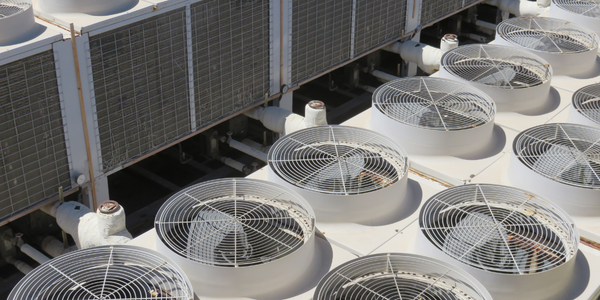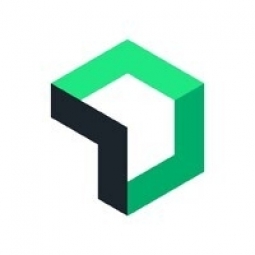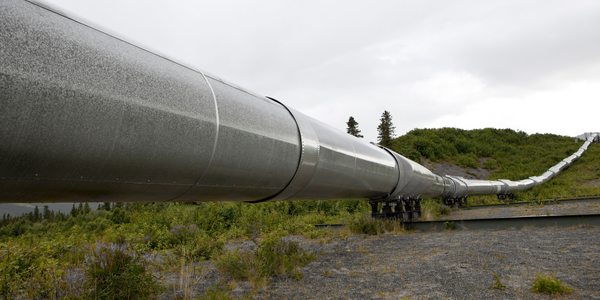Customer Company Size
Large Corporate
Region
- Asia
- Pacific
Country
- Australia
Product
- LiSTNR
- New Relic
Tech Stack
- Kubernetes
Implementation Scale
- Enterprise-wide Deployment
Impact Metrics
- Cost Savings
- Productivity Improvements
- Customer Satisfaction
Technology Category
- Analytics & Modeling - Real Time Analytics
- Application Infrastructure & Middleware - API Integration & Management
Applicable Functions
- Business Operation
Use Cases
- Predictive Maintenance
- Remote Asset Management
Services
- System Integration
About The Customer
Southern Cross Austereo (SCA) is one of Australia’s leading media companies reaching more than 95% of the Australian population through its radio, television, and digital assets. Under the Triple M and Hit network brands, SCA owns 99 stations across FM, AM, and DAB+ radio. SCA provides national sales representation for 34 regional radio stations and broadcasts 93 free to air TV signals across regional Australia. It also operates LiSTNR, Australia’s free audio destination for consumers, housing radio, podcasts, music, and news. With a workforce of over 1700 employees, SCA is a large corporate entity that plays a significant role in the Australian media landscape. The company is committed to innovation and digital transformation, aiming to enhance its audience engagement and operational efficiency through advanced technological solutions.
The Challenge
Like many industries, Australia’s radio broadcasting sector is going increasingly digital. Faced with competition from subscription services like Spotify and Apple Music, radio broadcasters are looking for ways to innovate and increase audience share. As part of a digital-first initiative, SCA created a major new application, dubbed LiSTNR, for its audience. Developed by Australians for Australians, the app is designed to consolidate all of SCA’s music, radio & podcasts under one umbrella. SCA knew it needed an understanding of what its users were experiencing, but this was hampered by a lack of observability. Application visibility was lacking in root cause analysis, leaving engineers to manually troubleshoot, with tracing being more complicated when performing manual tasks. SCA had previously looked to open source tools for monitoring but these were becoming increasingly difficult to use.
The Solution
To overcome the lack of visibility, SCA thoroughly researched the market and looked at multiple providers. It finally identified New Relic as ideal for its needs. SCA found implementation very easy, especially with the support received from the New Relic team. While only managed as a side project due to different priorities in the business, everything was up and running within a month. SCA set up a standard dashboard in its network centre that shows the current status of all its applications. “It’s a simple display that shows whether an app is up or down, and isn’t overwhelming in terms of detail so the first level support team can quickly trigger an on-call,” Amit explains. Specific New Relic dashboards have also been set up, as have New Relic alerts for certificate expirations in case auto-refresh stops working. Future dashboards are also planned for the leadership team, in order to provide a clear view of the business impact of technology initiatives and to enable real-time decision-making at the executive level. New Relic alerts have also allowed peak periods to be managed much easier. “If we have additional users jumping on, auto-scalers are in place to automatically scale up the entire service. But if New Relic alerts show that particular machines are overwhelmed, the team can add servers to the entire Kubernetes setup, and that way prevent any outage during a peak,” he says.
Operational Impact
Quantitative Benefit

Case Study missing?
Start adding your own!
Register with your work email and create a new case study profile for your business.
Related Case Studies.

Case Study
Remote Monitoring & Predictive Maintenance App for a Solar Energy System
The maintenance & tracking of various modules was an overhead for the customer due to the huge labor costs involved. Being an advanced solar solutions provider, they wanted to ensure early detection of issues and provide the best-in-class customer experience. Hence they wanted to automate the whole process.
.png)
Case Study
Improving Vending Machine Profitability with the Internet of Things (IoT)
The vending industry is undergoing a sea change, taking advantage of new technologies to go beyond just delivering snacks to creating a new retail location. Intelligent vending machines can be found in many public locations as well as company facilities, selling different types of goods and services, including even computer accessories, gold bars, tickets, and office supplies. With increasing sophistication, they may also provide time- and location-based data pertaining to sales, inventory, and customer preferences. But at the end of the day, vending machine operators know greater profitability is driven by higher sales and lower operating costs.

Case Study
Predictive Maintenance for Industrial Chillers
For global leaders in the industrial chiller manufacturing, reliability of the entire production process is of the utmost importance. Chillers are refrigeration systems that produce ice water to provide cooling for a process or industrial application. One of those leaders sought a way to respond to asset performance issues, even before they occur. The intelligence to guarantee maximum reliability of cooling devices is embedded (pre-alarming). A pre-alarming phase means that the cooling device still works, but symptoms may appear, telling manufacturers that a failure is likely to occur in the near future. Chillers who are not internet connected at that moment, provide little insight in this pre-alarming phase.

Case Study
Remote Wellhead Monitoring
Each wellhead was equipped with various sensors and meters that needed to be monitored and controlled from a central HMI, often miles away from the assets in the field. Redundant solar and wind generators were installed at each wellhead to support the electrical needs of the pumpstations, temperature meters, cameras, and cellular modules. In addition to asset management and remote control capabilities, data logging for remote surveillance and alarm notifications was a key demand from the customer. Terra Ferma’s solution needed to be power efficient, reliable, and capable of supporting high-bandwidth data-feeds. They needed a multi-link cellular connection to a central server that sustained reliable and redundant monitoring and control of flow meters, temperature sensors, power supply, and event-logging; including video and image files. This open-standard network needed to interface with the existing SCADA and proprietary network management software.









